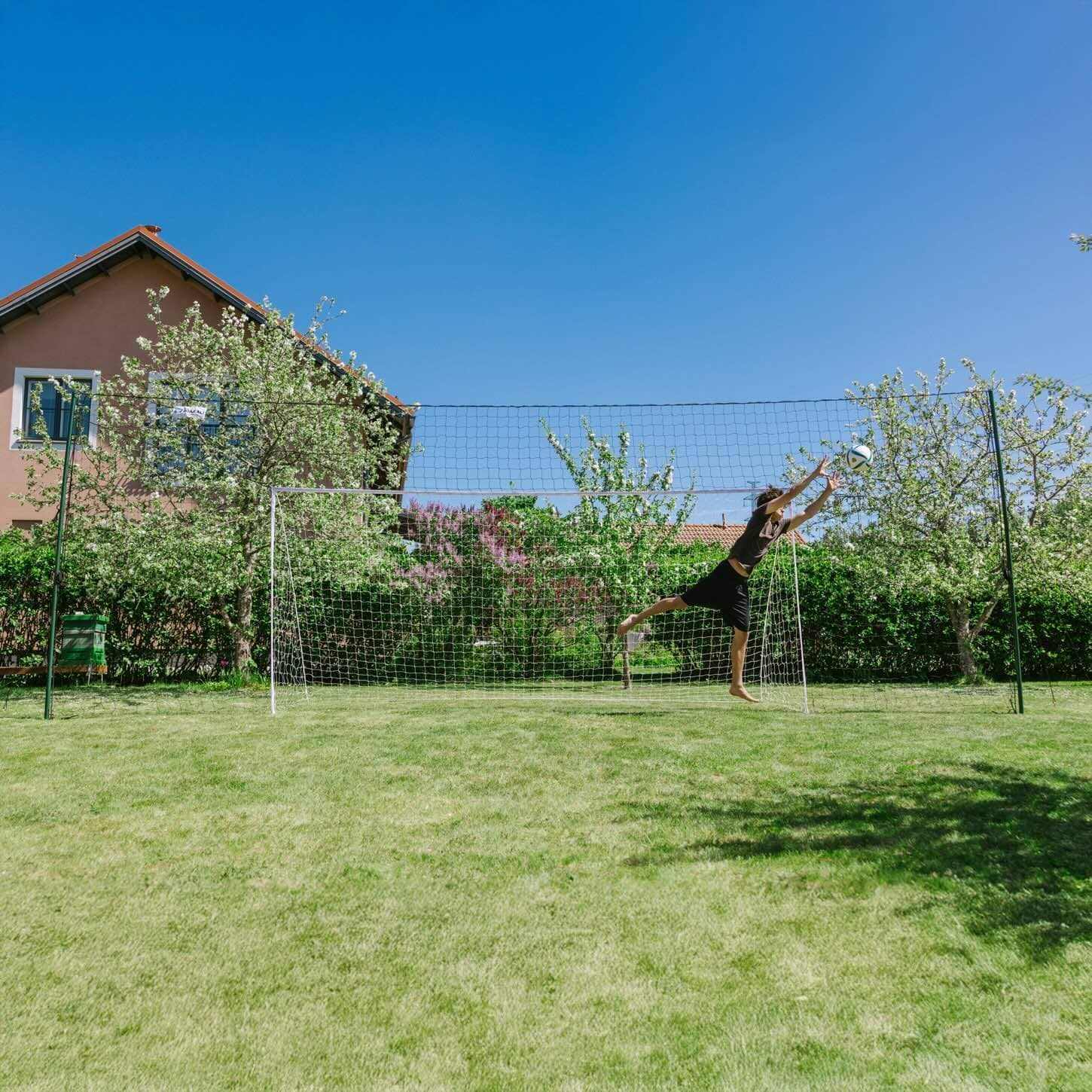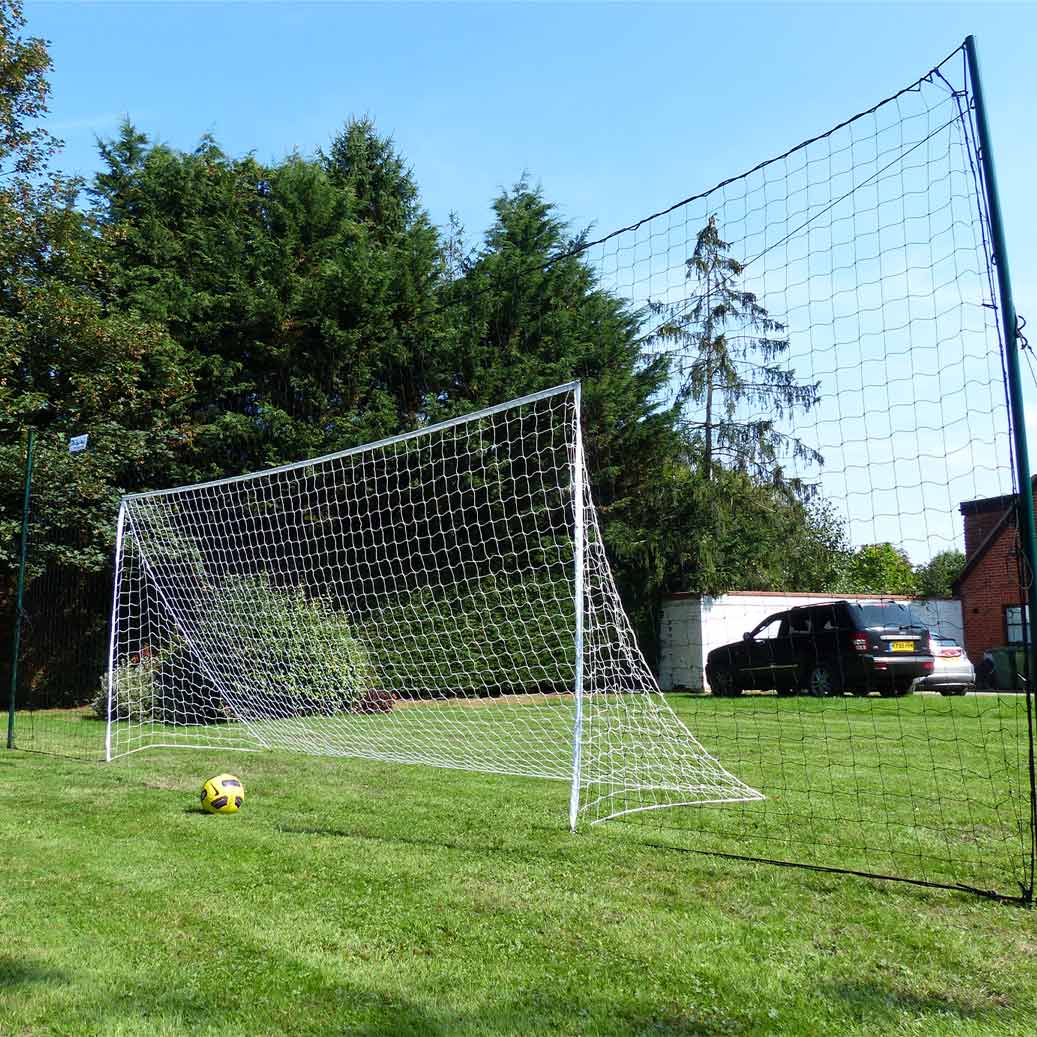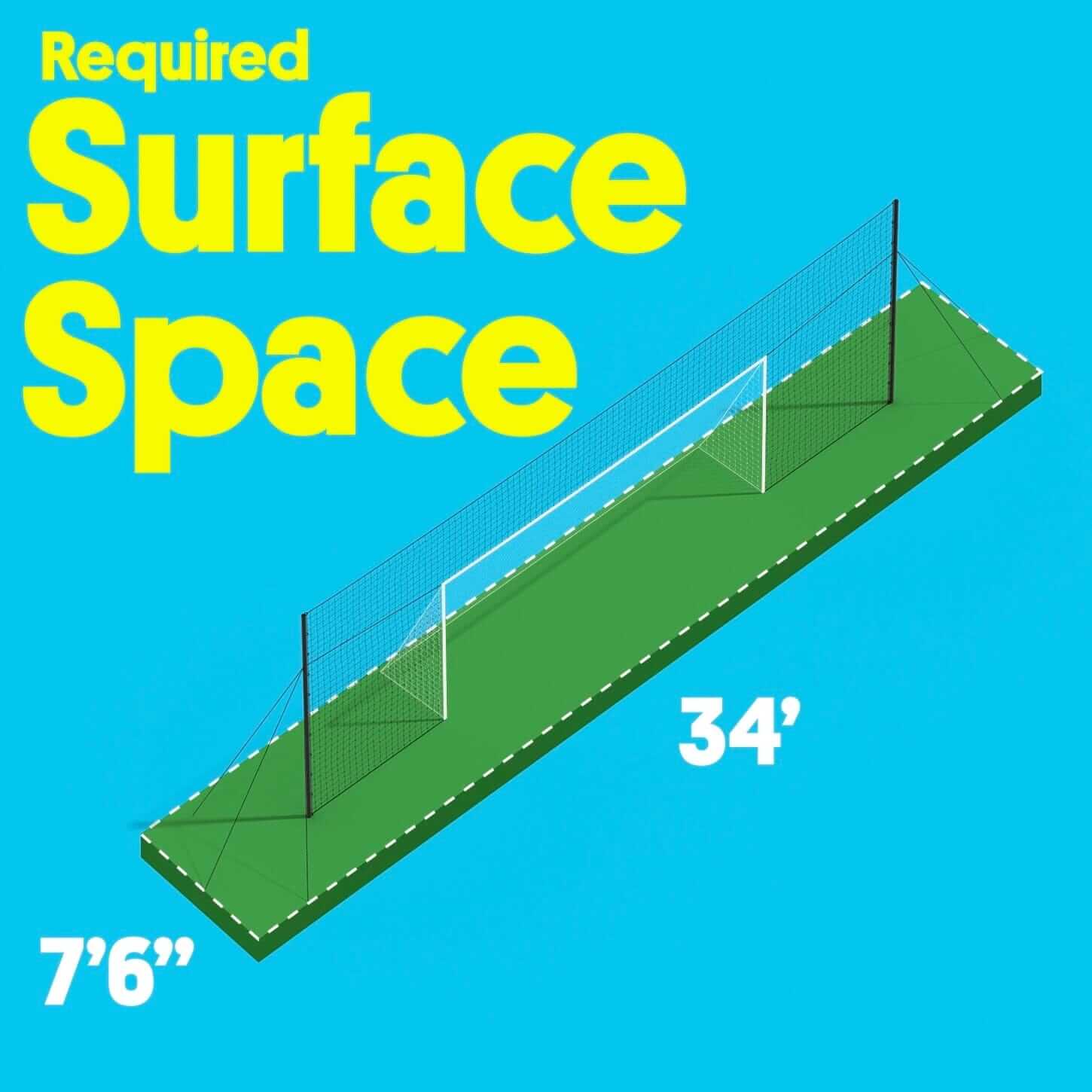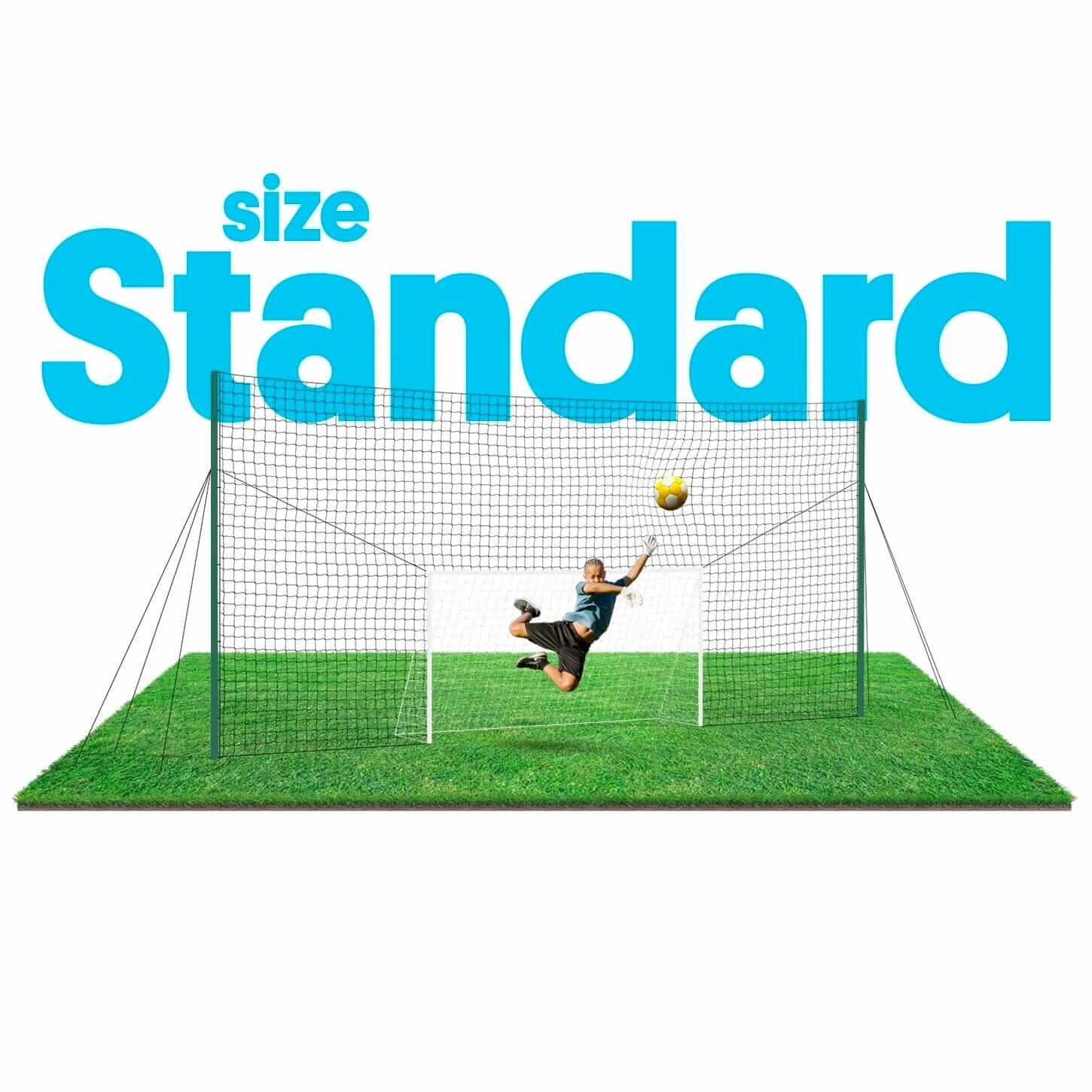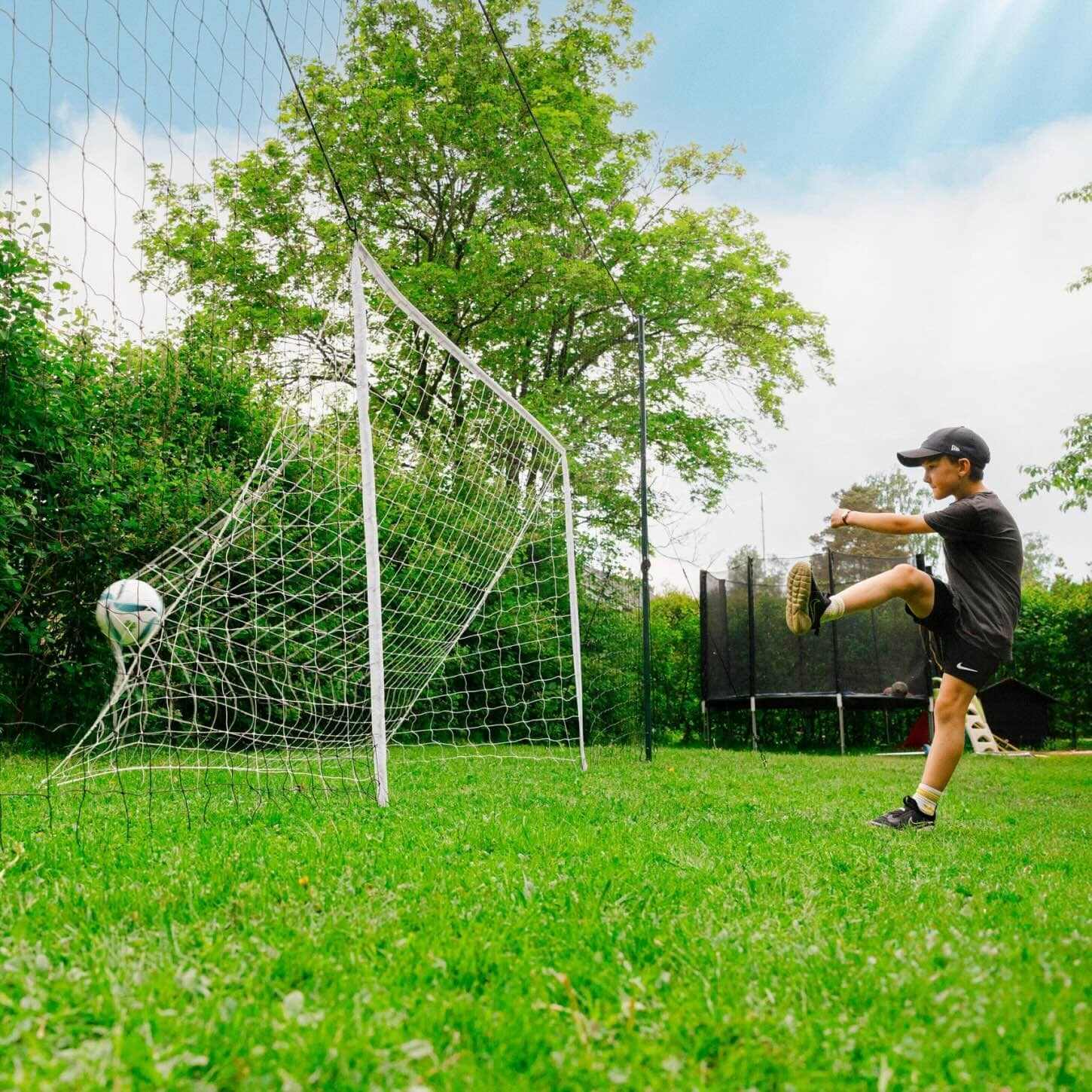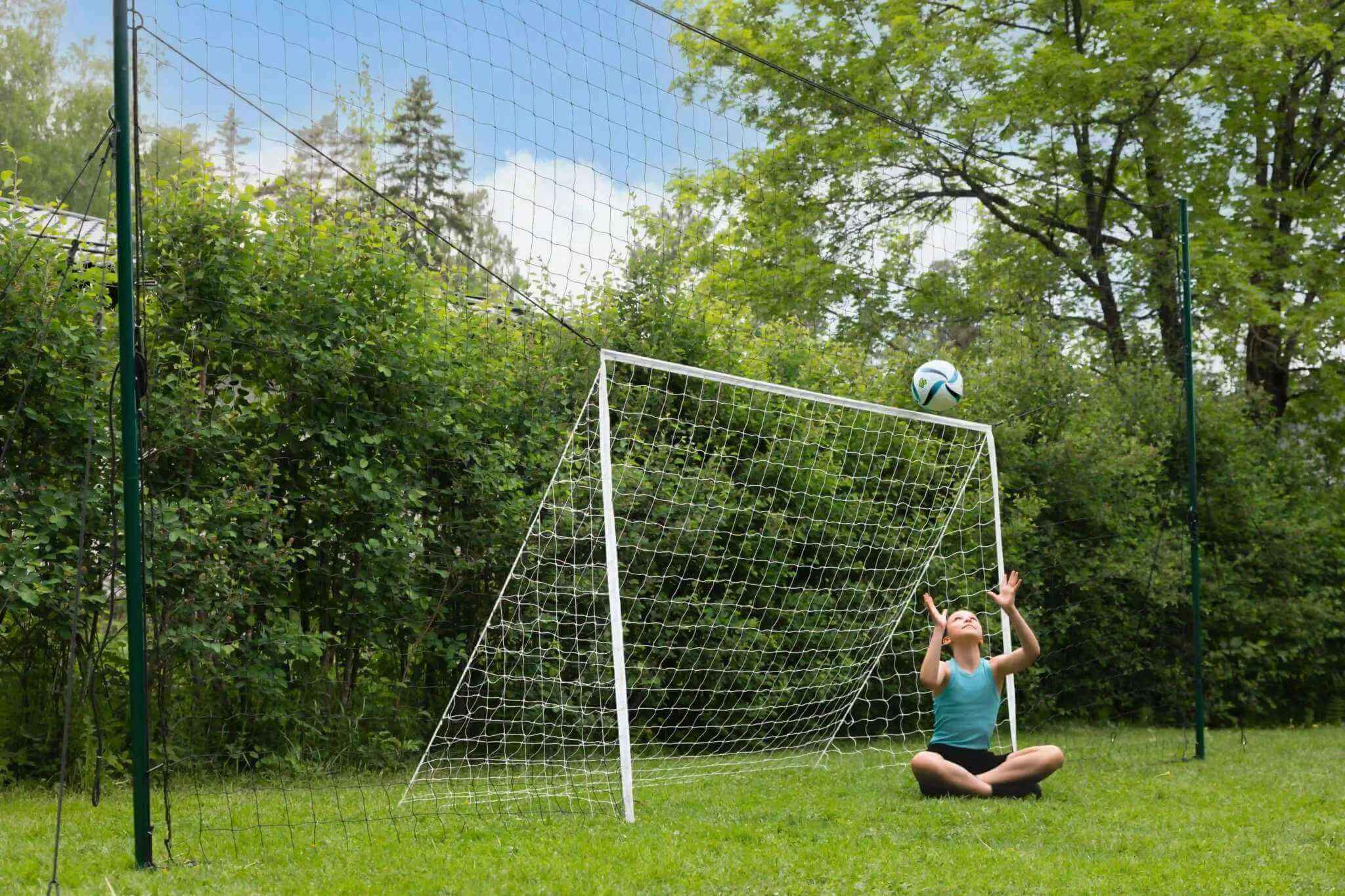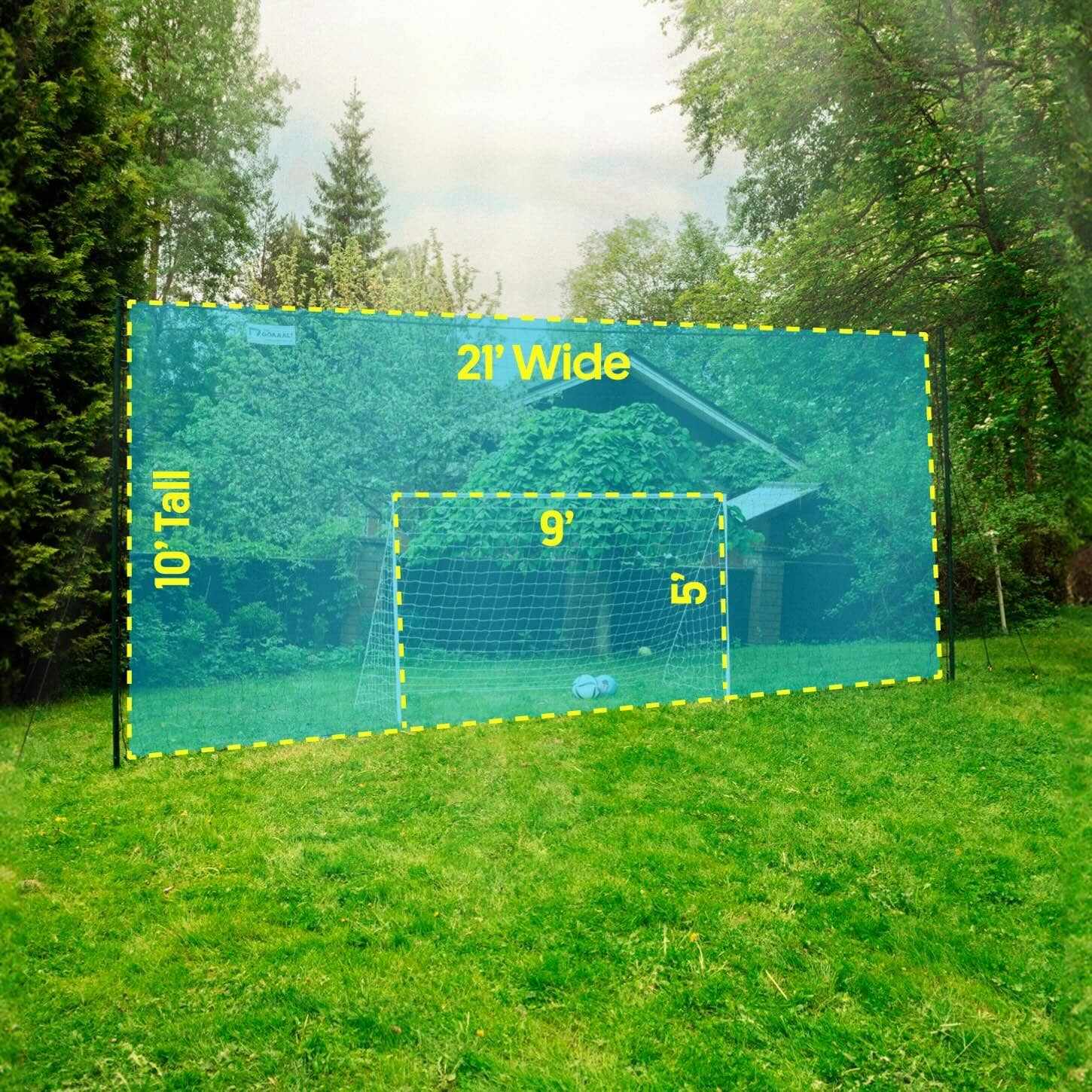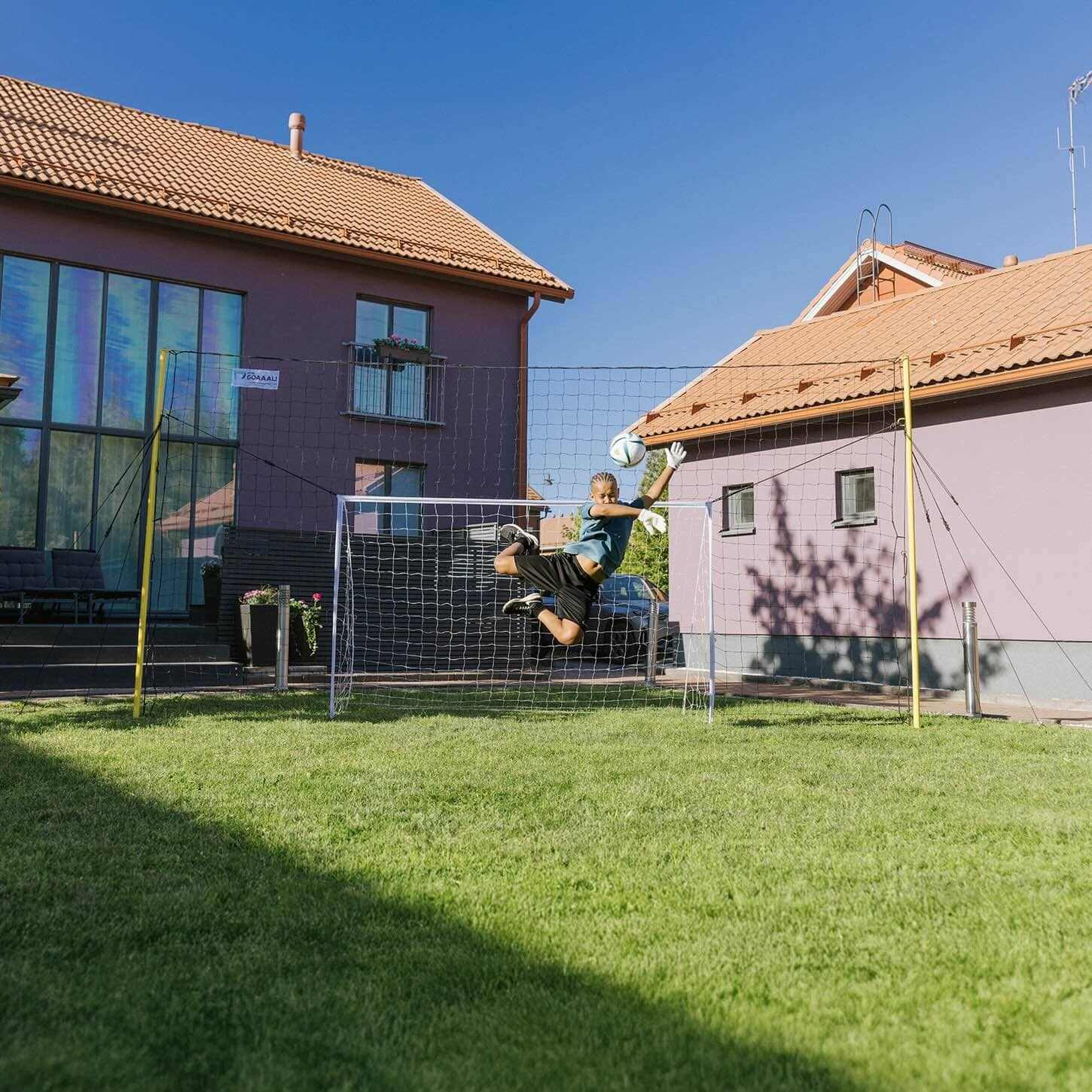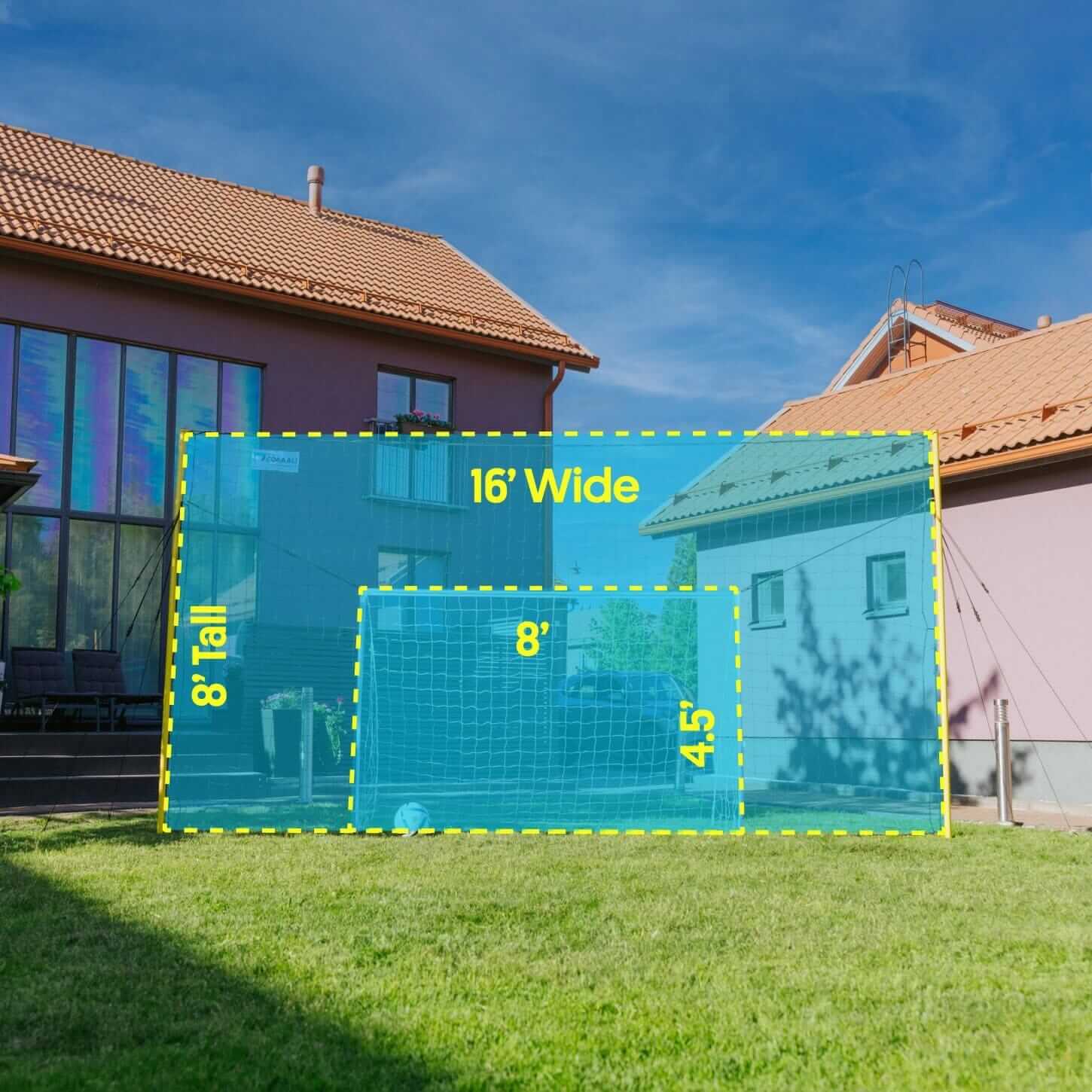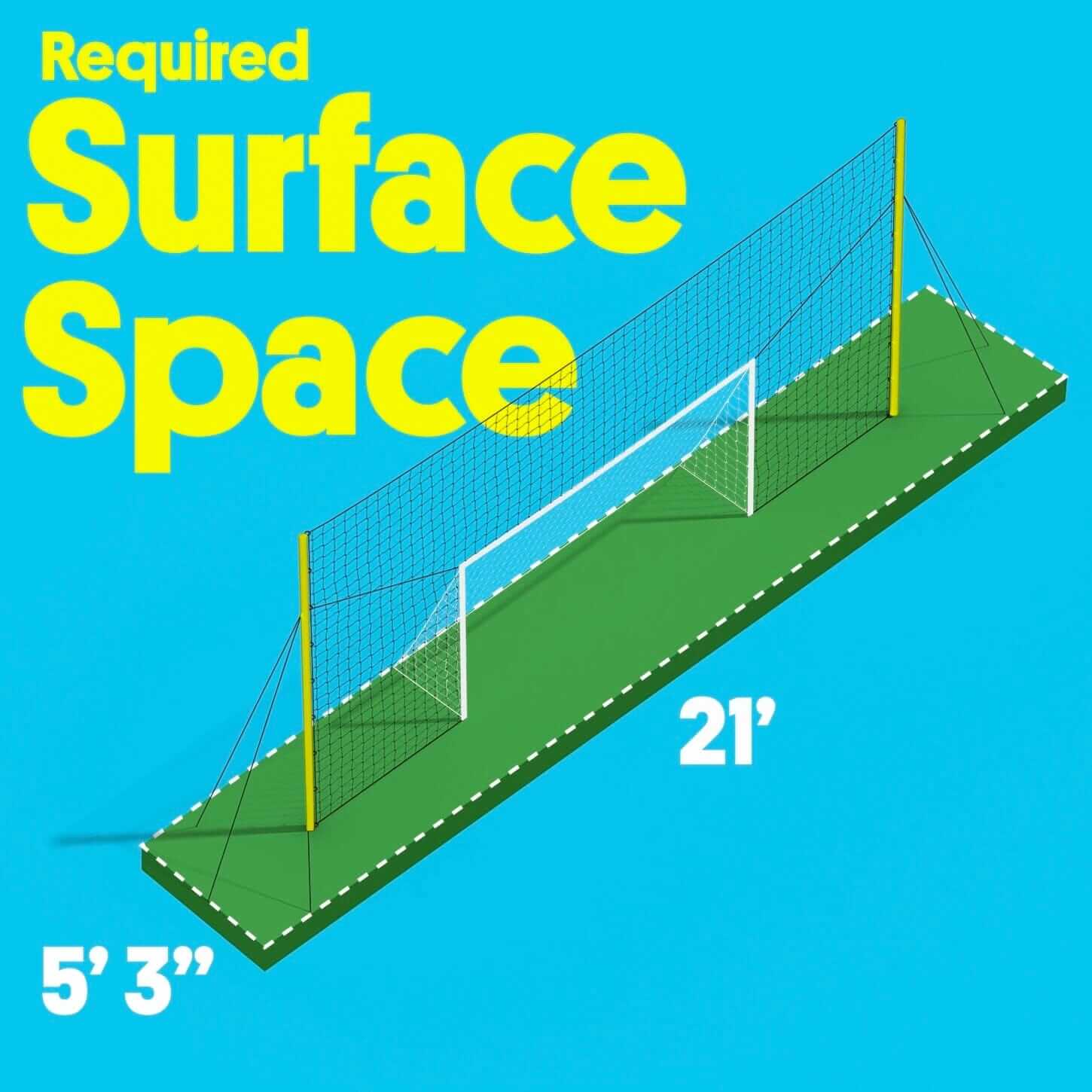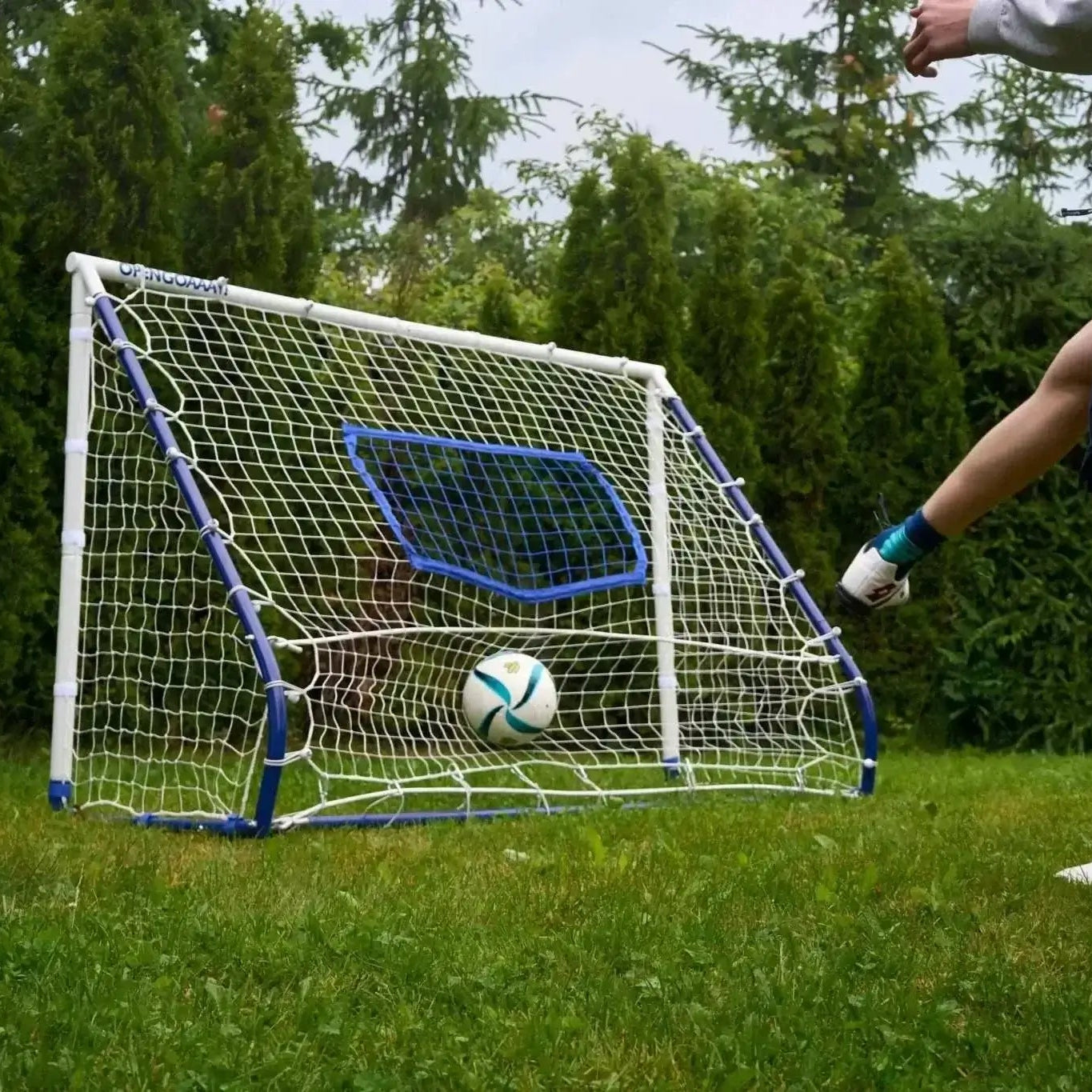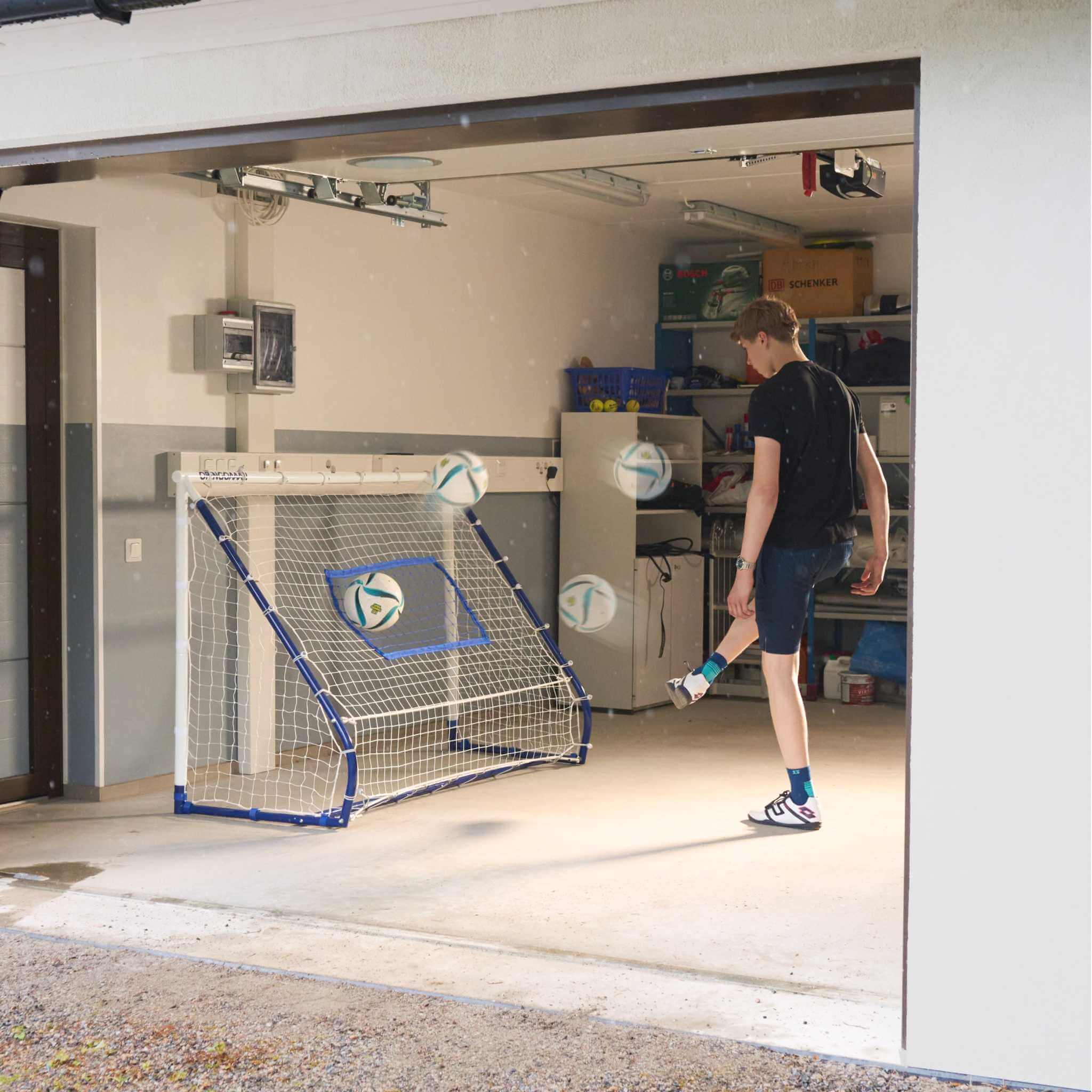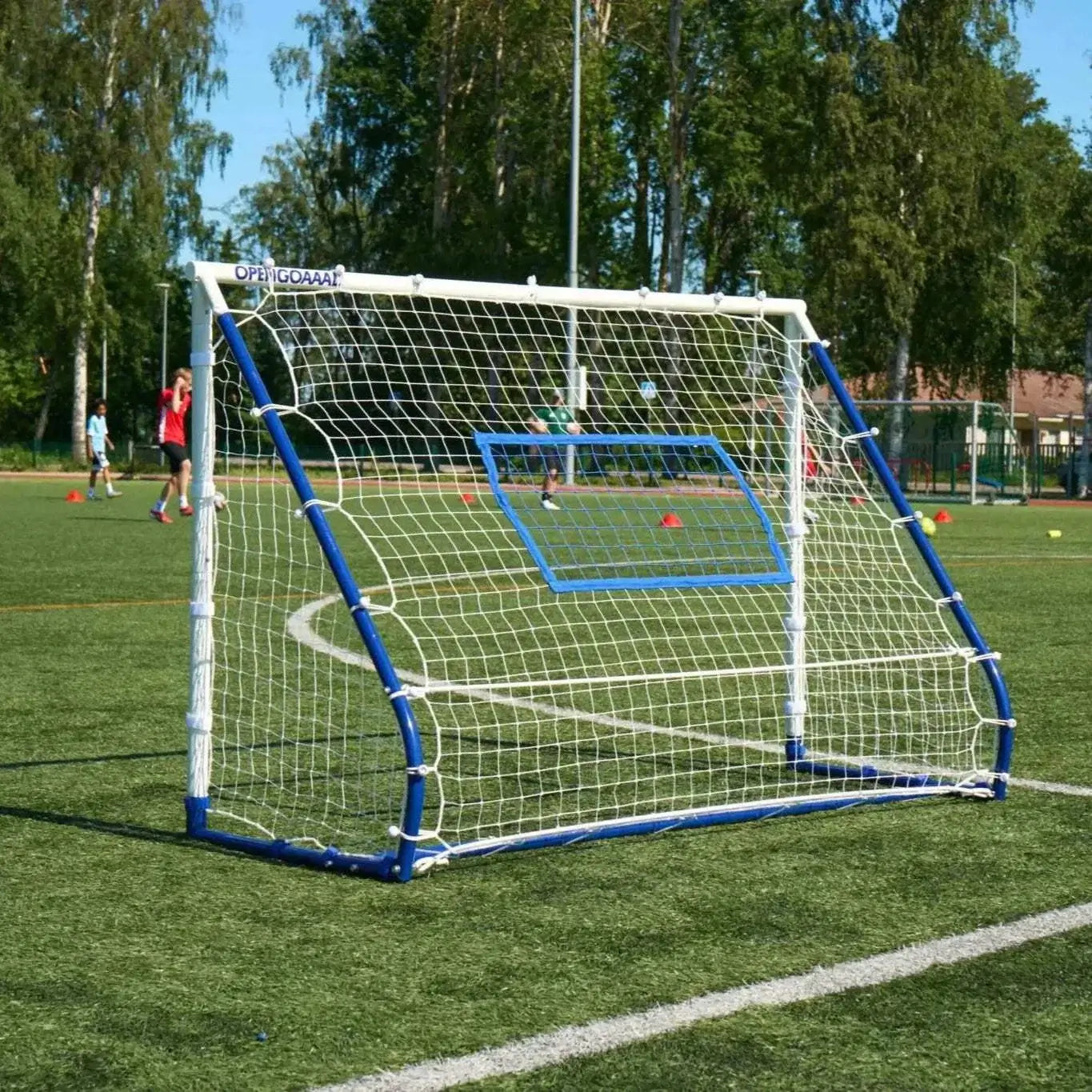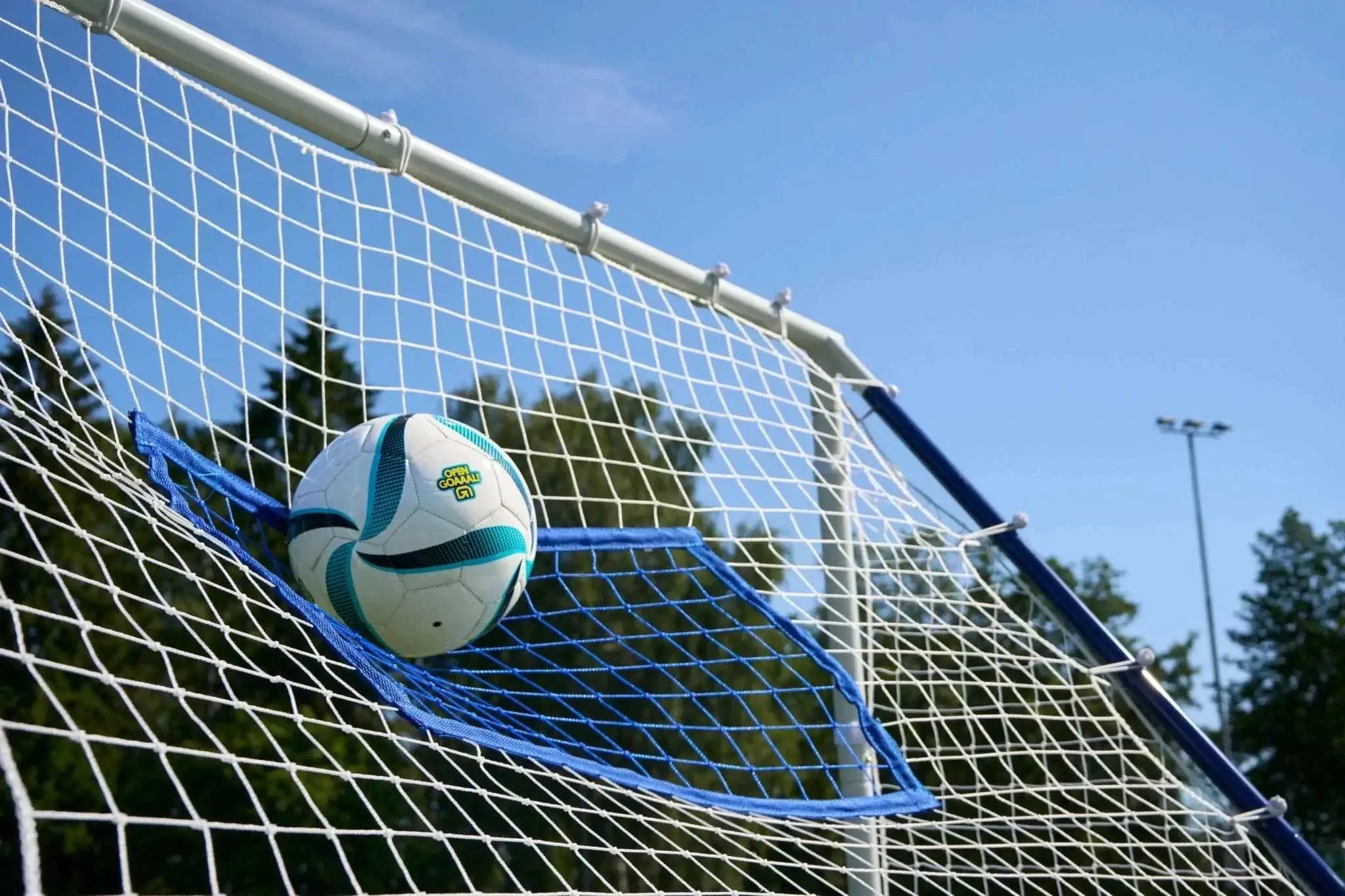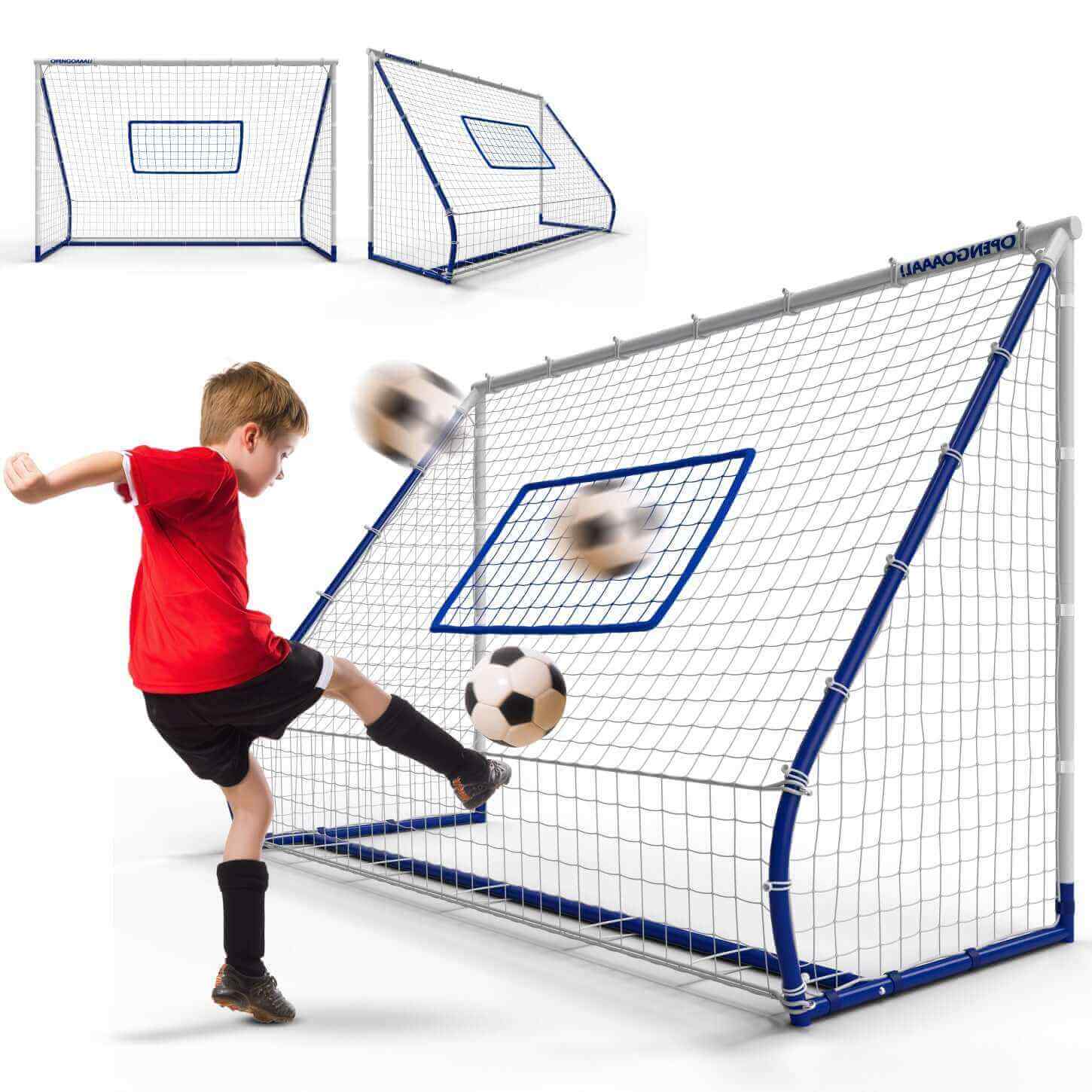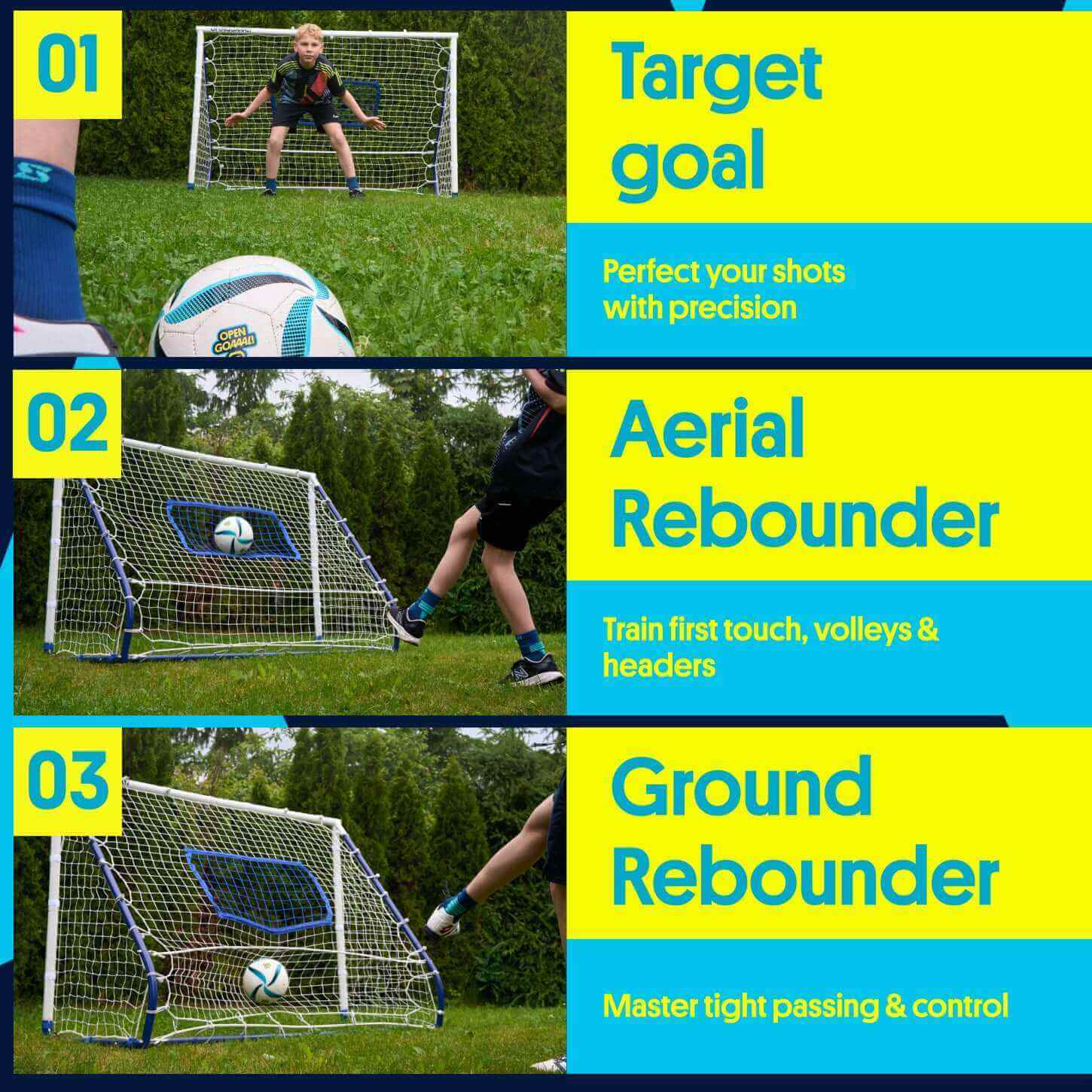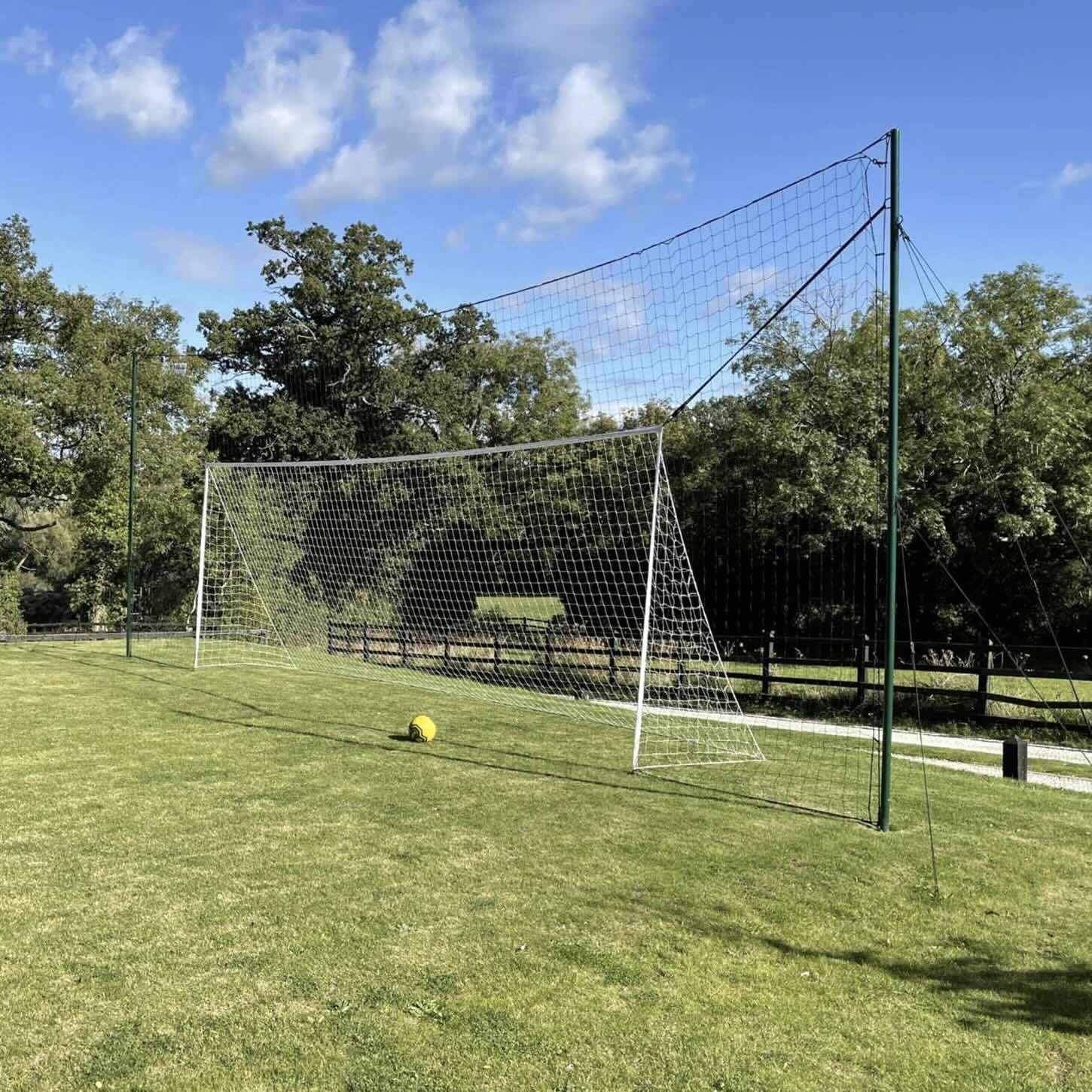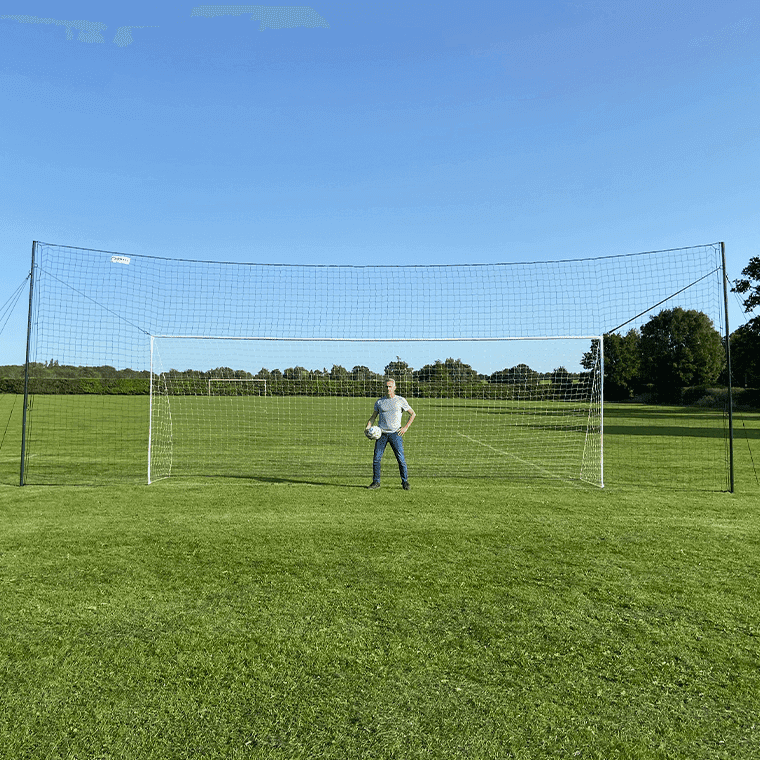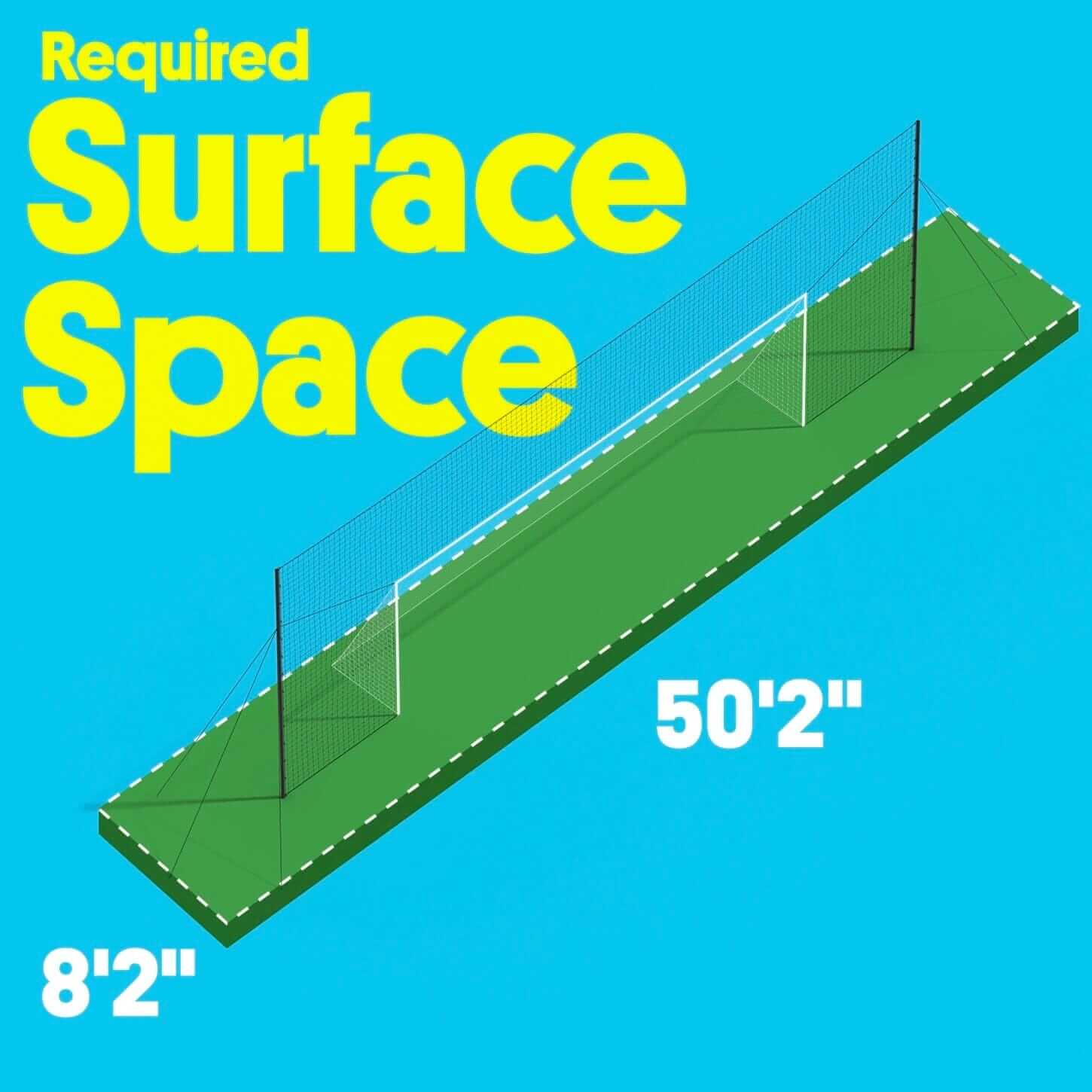Learning how to properly kick a soccer ball can be a challenge, but it can become simpler by following a few steps. While everyone dreams of scoring the winning goal, it takes a lot of work to get to that point.
Understanding the basics of kicking a soccer ball can help you improve your shooting skills and accuracy at any age. This tutorial on kicking a soccer ball will help walk you through how to kick a soccer ball effectively and the many ways to kick the ball.
Master the First Touch
Mastering the first touch of the ball is one of the key points to improving your soccer skills. To learn how to correctly kick a soccer ball, you must master your first contact with the ball to have a good kick.
If the first touch with the ball is poor, the power and accuracy of your kick can be greatly reduced. When you touch the ball for the first time, it defines your stance and position.
To improve and eventually master the first touch, you can practice these drills with a teammate or you can do the exercises against a wall.
- Stationary trapping and passing of the ball
- Receive the ball using the outside of your foot
- Receive the ball using the inside of your foot
- Checking the ball by running to the ball and making a one-touch pass
- Check away from the ball by starting away from the ball, then making a one-touch pass
Practicing these five rills will help you to master your first touch with the ball. Mastering the first touch enables you to be ready for all potential situations during soccer, improving your kick's overall performance.
Focus on Your Target
To kick the soccer ball accurately, it is essential to focus on your target and know where you want to kick the ball. Focusing on your target is considered a vital soccer skill and is usually taught early on.
Keeping your eyes focused on the target helps determine how much effort and power you put into the kick. It also helps your right or left foot better connect with the ball, depending on which foot is dominant. You will kick the ball to your target almost effortlessly with practice.
You should have an idea of your target, focus on it, and treat it like it’s a bull's eye. To keep your mind focused, focus on the keeper, find out where they are, and choose where you want to place the ball in the goal.
Some tips that help you focus on your target include:

Make Sure Your Feet Are Properly Aligned
Your feet must be properly aligned to ensure you are properly kicking the ball. You should position your planter foot accordingly, but turn your planter foot (the other foot that is not kicking the ball) so the inside of your cleats is facing the ball.
Your planter foot should point to where you want the ball to end up. If you want to kick the soccer ball straight ahead, you should allow your planter foot to face straight forward. For the best performance during soccer, you should adjust your body position according to the actions required for accurate and fast responses.
Create a “V With Your Shooting Leg
Kicking a soccer ball is a complicated skill, and many soccer players do not receive formal training on how to kick properly. A helpful skill to ensure you have a powerful kick with momentum is to create a “V” with your shooting leg.
Bring back your shooting leg as much as you can. The further you bring back your shooting leg, the more momentum it creates. This type of kick will help you create a stronger kick.
If you struggle with bringing back your shooting leg, you can do some exercises to improve your flexibility. Improving your flexibility will allow you to bring back your shooting leg even further, resulting in a power shot.
Angle Your Body Properly
The angle of your body is essential to properly kick the ball, as it greatly affects your kick. If you miss the goal by a lot, your body is likely angled away from the soccer goal. Angling your body correctly will allow the ball to go where you want it to go.
Position your body to the direction you want to kick the ball and practice changing your angle to see how the angle affects the accuracy of the kick.
Use The Right Part of Your Foot
While you can use the bottom and outside of your foot to trap the ball, you will most likely use the inside of the foot the most. Using the inside and outside part of the foot is important for dribbling the ball.
Practice dribbling the ball using the inside and outside of your foot. Then you can practice more techniques, such as hooking the ball. Kick the center part of the ball with the inside of your foot. Slightly turn your foot forward when you kick the ball.

Improve Your Technique
Incorporating these skills into your technique is essential to help you improve. Consider using a soccer kickback to practice your skills. To properly shoot a driven shot, you should follow these steps:
- Place the ball about 5 feet in front of you. It should be close to the side of your foot that you will use to strike the ball.
- Quickly look at the goalie and the goal to determine where you will aim the ball. This is where focusing comes into play.
- Begin using your kicking foot to take 3 steps in the ball’s direction.
- Plant your plant foot (non kicking foot) about 1 foot behind the ball and slightly to the side of it. Your head should be down, with your weight slightly leaning forward. Be sure your plant foot is facing the direction where you want to aim the ball.
- Bring back your kicking leg, creating a “V”. Your knee should be bent at an angle of about 45 degrees, building momentum.
- Using the top of your foot, strike the ball, and keep your ankle locked.
Once you practice the proper technique, you can practice more shots to master it.
Chip Shot
The chip shot is used to lift the ball over the goalkeeper and drop it back down to land in the net. This shot is helpful if you notice that the goalkeeper is far off their goal line.
You can use the chip shot if the goalie has cut down your angle, but there is still enough space left for you to make a goal.
To chip the ball, take a short run up and clip the back side of the ball using the inside of your foot. You will want your weight to lean slightly back to help you deliver a higher shot.
Your foot should be down towards the ball after impact, instead of ringing your leg up and out. Clipping the underside of a ball allows the ball to generate a backspin if you follow through.
The backspin helps the ball go high over the goalkeeper and falls quickly, without getting thrown over the crossbar. The chip shot is often an element of surprise to the goalkeeper, so it is a great shot to use.
Finesse Shot
The finesse shot helps you learn how to kick a soccer ball with power. The finesse shot requires a high amount of accuracy and skill. You can use the inside or outside of the foot to pull the ball on a curve.
You can also use the inside of your foot to allow the ball to bend course in the air. It is called an inside curve if you use the inside of your foot and an outside curve if you use the outside of your foot.
When struck correctly, the ball will look as if it is headed wide of your target. By generating the proper amount of sidespin, the ball will curve and turn back toward our target.
This makes it difficult for the goalkeeper to judge where the ball will land. When lining up for a finesse shot, you should begin at about a 50-degree angle and about 4 to 5 feet outside and behind the ball.
This enables you to come in at a wider angle to make the ball curve. Plant your feet slightly behind the middle of the ball. Lean your weight forward and strike the ball using the inside and middle part of your foot.
The ball should spin back toward your target, and the goalkeeper will likely panic about where the ball will land. Finesse shots are great to use if you want to attack from the wing, where you have a smaller angle to deliver the ball.
Final Thoughts
To master how to kick a soccer ball, following these steps can be helpful. Improving your technique will take some time and may even require hours of training.
However, spending the time to learn how to have an effective soccer kick will benefit you in the long run. The Opengoaaal 3-in-1 can help you improve your skills and accuracy. Practice your training with the Opengoaaal 3-in-1 soccer goal today!



